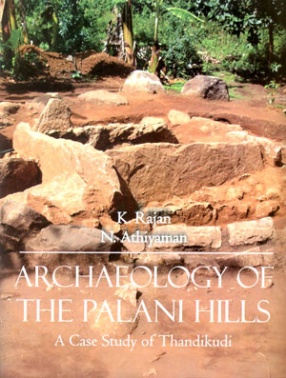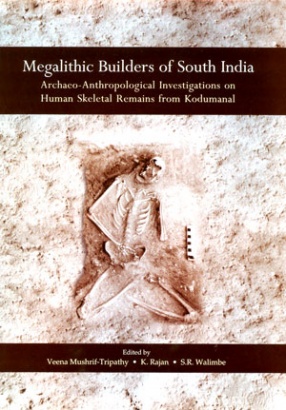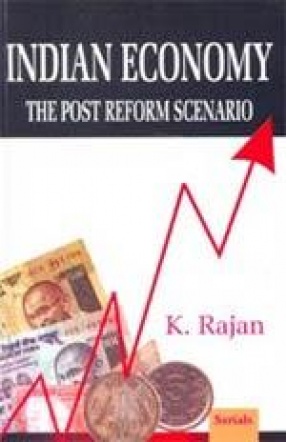
K Rajan

Showing all 7 books





The present book Archaeology of Amaravathi River Valley : Porunthal Excavations seeks to update our knowledge based on the findings obtained from the intensive explorations and two seasons of controlled excavations at Porunthal to understand the processes of cultural transformation from Iron Age to Historic period through mutually supportive work & interpretative techniques. The archaeological, epigraphical, literary and numismatic data are analysed and ...

This book brings out the cultural wealth of entire Palani hills, for the first time, through the intensive archaeological exploration. The two seasons of the systematic excavation conducted at Thandikudi in Kodaikanal Region of Tamil Nadu is neatly presented with more than 200 illustrations. The formidable evidences on Iron Age culture and rock paintings provide a new dimension to our understanding. The cultural links with adjoining regions and the cultural ...

The report on the Kodumanal human skeletal series is important in many ways. The site of Kodumanal is one of the best excavated, best attended and best reported Early Historic-Megalithic sites of the Indian peninsular region. The report deviates from the conventional anthropological design, and follows bio-cultural approach which provides information on many important facets of this bygone population. For the first time in Indian archaeology the human remains ...

The book Catalogue of Archaeological Sites in Tamil Nadu seeks to update our knowledge on archaeological sites of Tamil Nadu in the light of intensive archaeological explorations and excavations undertaken by various institutions and individual scholars for the past three decades. Nearly 2000 archaeological sites find its place. The introductory chapters provide a kaleidoscopic view on the nature of cultural process that undergone in the long span of human life. ...

The primary goal of Indian economic Planning was to achieve rapid economic development and it was believed that the fruits of development would percolate to the poor and the under privileged through the trickle down effect. The most important strategy adopted for rapid economic developments was to mobilize public investments in basic and heavy industries, infrastructure and in major irrigation infrastructure. Te public sector was assigned a dominant role in ...
